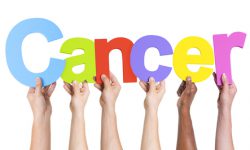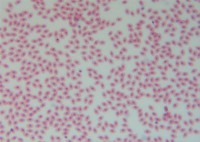
We tend to think of National Cancer Survivor Day as a day that’s set aside to honor all of those who have beaten this dreadful disease. However, here at Issels® we feel that it’s also important to remember the unsung heroes. These are the people who have worked hard by their loved ones’ sides to ensure that they receive the best possible care during their treatments.
National Cancer Survivor Day is June 5. On this day, we want to remember everyone who has fought, or who is still fighting cancer and celebrate them and their journey.
The Effects of Cancer
Unless you’ve been through it, it’s hard to completely understand the effects of cancer. Many patients live their lives in a constant state of fear from one treatment to another, and the side effects that are usually experienced after their treatments can have life-long impact. Their caregivers struggle with knowing if they’re making good decisions, and whether or not their friends and family members are comfortable and pain-free.
Providing Support to Patients and Caregivers
If you know a cancer patient or a cancer caregiver, there are many ways you can honor them; not just on National Cancer Survivor Day, June 5, but all year long. Providing a listening ear helps more than you know, and offering to do tasks such as running errands, cleaning the house, and paying bills is very much appreciated. Cancer patients and their caregivers need to know that they are supported and loved, and you can play a major role in making sure that happens.
This year, on National Cancer Survivor Day, June 5, wear your purple ribbon and show your support!





